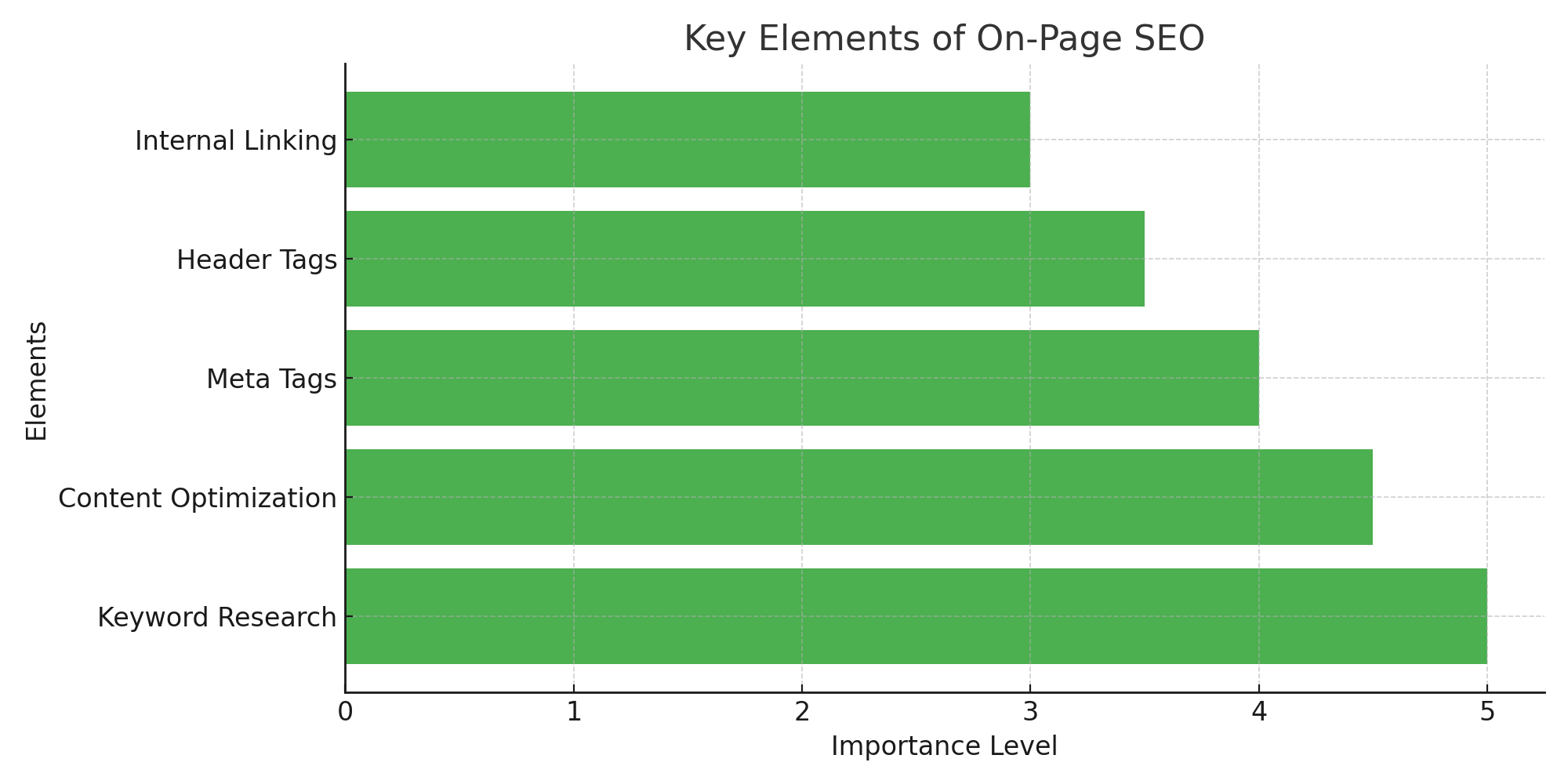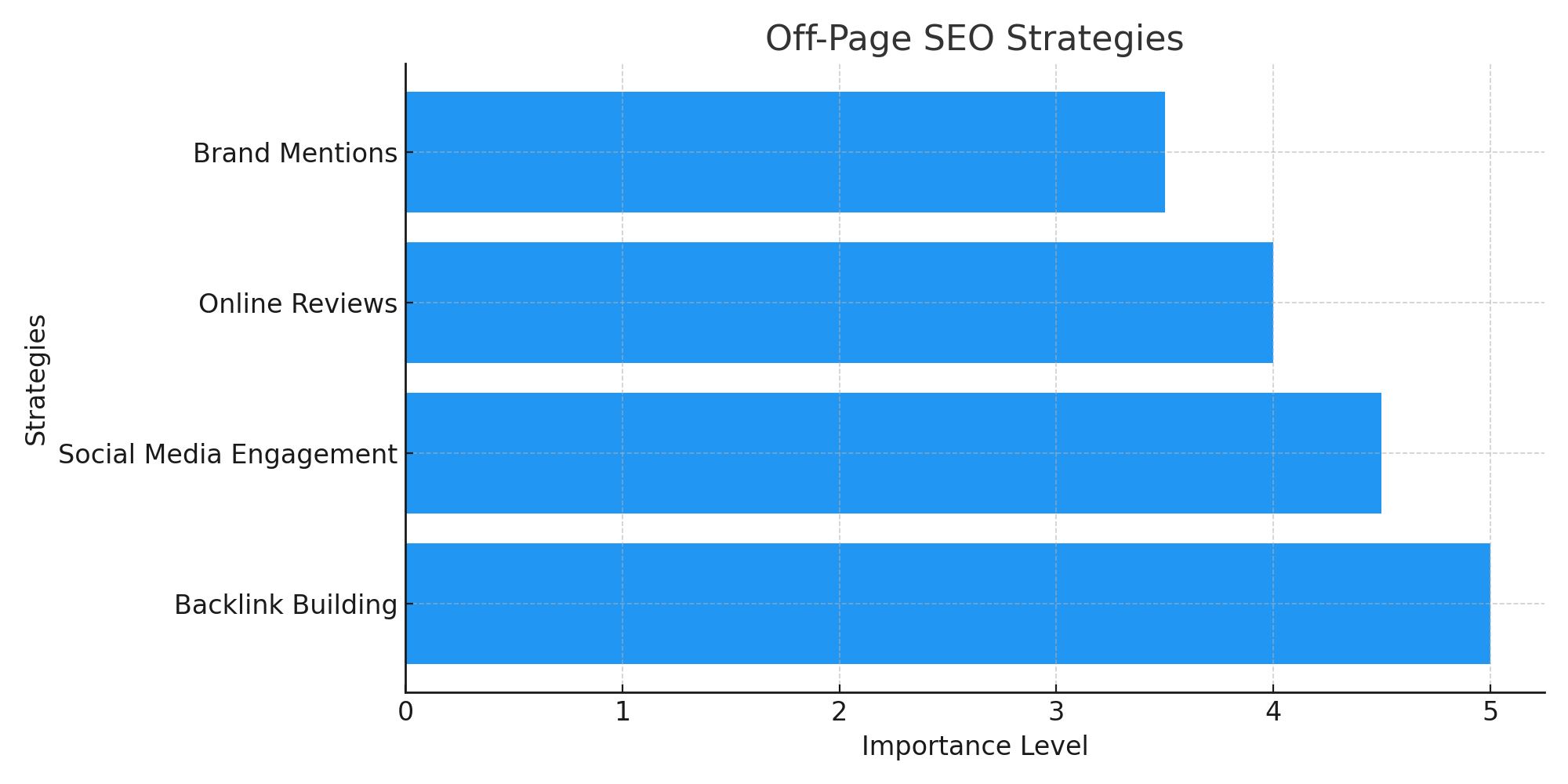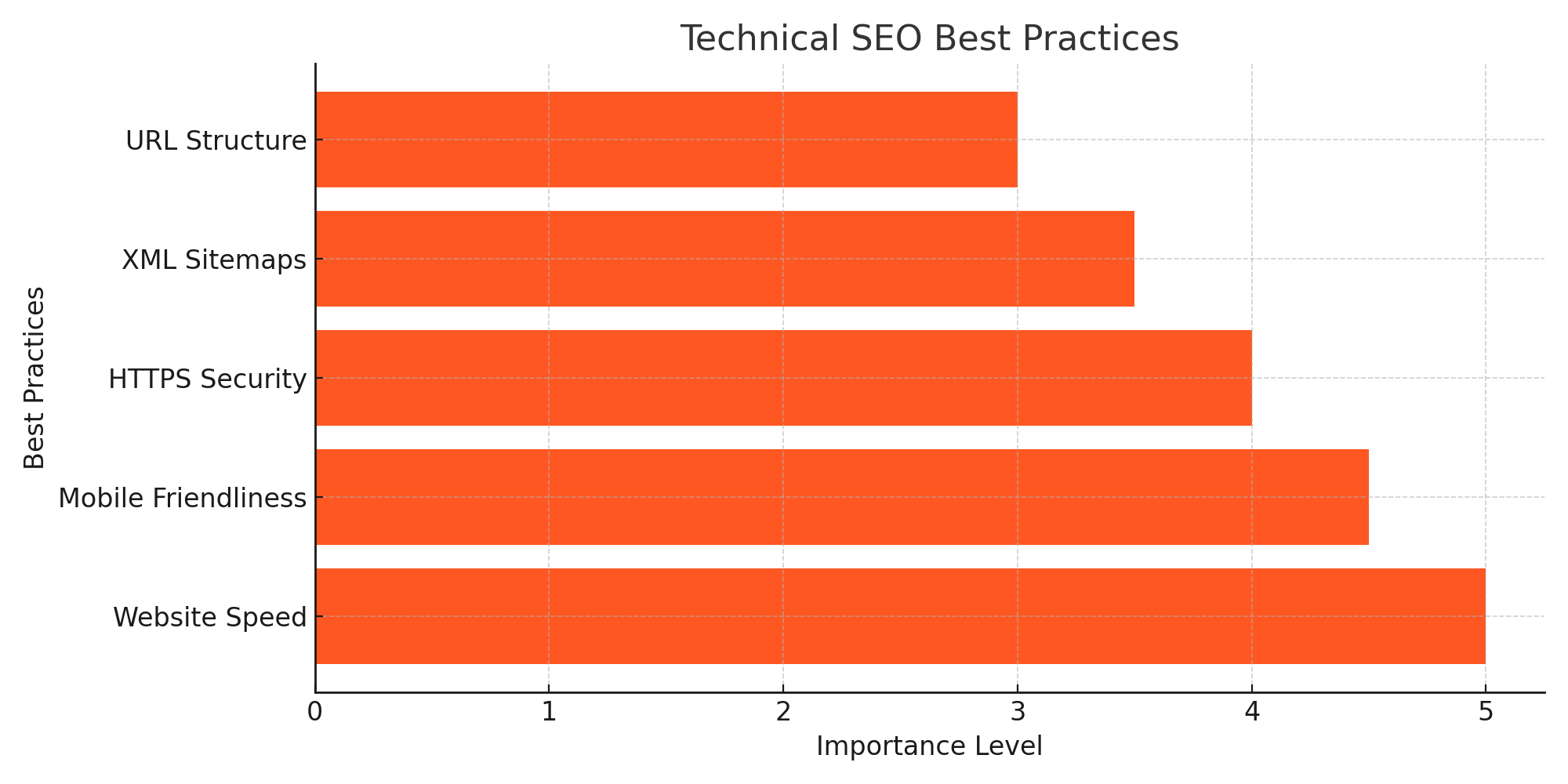In the digital age, having a well-optimized website is crucial for success. Whether you’re a business owner, a blogger, or an entrepreneur, understanding the different aspects of SEO (Search Engine Optimization) is essential. SEO can be broadly categorized into three main areas: On-Page SEO, Off-Page SEO, and Technical SEO. Each of these plays a vital role in making your website visible, user-friendly, and authoritative. In this article, we’ll explore each of these aspects and present an out-of-the-box strategy to elevate your website’s SEO.
1. On-Page SEO: Optimizing Your Website’s Content and Structure

On-Page SEO focuses on optimizing individual pages on your website to rank higher and earn more relevant traffic in search engines. This involves various elements, from content creation to HTML source code optimization. Here are some key areas to focus on:
A. Keyword Research and Content Optimization
Keyword Research: Start with thorough keyword research to identify the terms your target audience is searching for. Use tools like Google Keyword Planner, Ahrefs, or SEMrush to find high-volume and low-competition keywords. Focus on long-tail keywords, which are more specific and often less competitive.
Content Optimization: Once you have your keywords, integrate them naturally into your content. Avoid keyword stuffing, which can lead to penalties. Instead, focus on creating high-quality, engaging, and informative content that answers your audience’s questions. Use variations of your keywords and related terms to cover a broad range of search queries.
B. Meta Tags and Descriptions
Title Tags: Ensure that each page has a unique and descriptive title tag that includes the primary keyword. Keep it concise, ideally under 60 characters, to ensure it displays correctly in search results.
Meta Descriptions: Write compelling meta descriptions that summarize the page’s content and include a call to action. Although meta descriptions don’t directly affect rankings, they can influence click-through rates.
C. Header Tags and Content Structure
Header Tags (H1, H2, H3, etc.): Use header tags to structure your content. The H1 tag should include the main keyword and summarize the page’s topic. Use H2 and H3 tags for subheadings, making the content easier to read and navigate.
Content Structure: Organize your content logically and ensure it flows naturally. Use bullet points, numbered lists, and images to break up the text and enhance readability.
D. Internal Linking and Multimedia
Internal Linking: Link to other relevant pages on your website to improve navigation and distribute link equity. This helps search engines understand your site structure and can boost the ranking of linked pages.
Multimedia: Incorporate images, videos, and infographics to enrich your content. Use descriptive alt text for images to help search engines understand them and improve accessibility for visually impaired users.
2. Off-Page SEO: Building Authority and Trust

Off-Page SEO involves activities outside your website that impact your rankings. The primary focus is on building your website’s authority and trustworthiness. Here’s how to develop a strong Off-Page SEO strategy:
A. Backlink Building
Quality Over Quantity: Aim to acquire backlinks from reputable and relevant websites. A single high-quality backlink can be more valuable than numerous low-quality ones. Focus on earning backlinks from authoritative sites within your industry.
Content Marketing: Create valuable and shareable content, such as blog posts, infographics, and videos. High-quality content is more likely to be shared and linked to by other websites. Consider guest posting on reputable blogs to reach new audiences and earn backlinks.
Outreach and Relationships: Build relationships with influencers, bloggers, and industry experts. Engage with them on social media, comment on their posts, and offer to collaborate on content. Personalized outreach can lead to natural backlinks and partnerships.
B. Social Media Engagement
Active Presence: Maintain an active presence on social media platforms relevant to your industry. Share your content, engage with followers, and participate in discussions. Social signals, such as likes, shares, and comments, can indirectly influence your SEO.
Brand Mentions: Monitor and respond to brand mentions across the web. Engaging with mentions, whether positive or negative, can enhance your brand’s reputation and visibility.
C. Online Reviews and Reputation Management
Encourage Reviews: Encourage satisfied customers to leave positive reviews on platforms like Google My Business, Yelp, and Trustpilot. Positive reviews build trust and can improve local SEO rankings.
Respond to Feedback: Respond to reviews, both positive and negative, in a professional and courteous manner. Addressing concerns and showing appreciation for positive feedback can strengthen your online reputation.
3. Technical SEO: Ensuring a Smooth and Efficient Website

Technical SEO focuses on optimizing the backend of your website to improve its performance, usability, and search engine crawlability. Here’s how to ensure your website is technically sound:
A. Website Speed and Mobile Friendliness
Page Speed: Optimize your website’s loading speed by compressing images, leveraging browser caching, and minimizing code. Use tools like Google PageSpeed Insights to identify and fix speed-related issues.
Mobile Optimization: With the majority of internet traffic coming from mobile devices, it’s crucial to have a mobile-friendly website. Use a responsive design that adapts to different screen sizes and ensure that buttons and links are easily clickable on mobile devices.
B. Secure and Accessible Website
HTTPS: Ensure your website is secure by using HTTPS. A secure website not only protects user data but also receives a ranking boost from Google.
Accessibility: Make your website accessible to all users, including those with disabilities. Use descriptive alt text for images, ensure proper contrast, and provide keyboard navigation.
C. Site Architecture and URL Structure
Logical Structure: Organize your website with a clear and logical structure. Use categories and subcategories to group related content, making it easy for users and search engines to navigate.
URL Structure: Use descriptive and keyword-rich URLs that clearly indicate the content of the page. Avoid using long and complex URLs.
D. Sitemaps and Robots.txt
XML Sitemap: Create and submit an XML sitemap to search engines. This helps search engines understand the structure of your website and index it more efficiently.
Robots.txt: Use a robots.txt file to control which pages search engines can crawl and index. This helps manage duplicate content and prioritize important pages.
4. Out-of-the-Box SEO Strategies
In addition to traditional SEO practices, incorporating creative and out-of-the-box strategies can set your website apart. Here are some innovative approaches:
A. Voice Search Optimization
With the increasing use of voice assistants like Siri and Alexa, optimizing for voice search is becoming essential. Focus on long-tail keywords and natural language queries. Create content that answers common questions in a conversational tone.
B. Video SEO
Video content is increasingly popular and can significantly boost engagement. Optimize your videos with descriptive titles, tags, and transcripts. Host videos on platforms like YouTube and embed them on your website. Video-rich content can improve time on site and reduce bounce rates.
C. Interactive Content
Interactive content, such as quizzes, polls, and calculators, can engage users and encourage them to spend more time on your site. This can improve user experience and reduce bounce rates, positively impacting SEO.
D. Leveraging Data and Analytics
Use advanced analytics tools to gain insights into user behavior, traffic sources, and content performance. Analyze this data to refine your SEO strategies and make data-driven decisions. A/B testing can help you identify the most effective tactics.
Conclusion
A comprehensive SEO strategy involves a balanced combination of On-Page, Off-Page, and Technical SEO. By focusing on content quality, user experience, and website performance, you can enhance your website’s visibility and authority. While traditional SEO practices remain important, incorporating creative and out-of-the-box strategies can give you a competitive edge. At Codemaster Technology, we believe in a holistic approach to SEO, leveraging both proven techniques and innovative strategies to achieve sustainable success.
